Some photographers love their aperture setting, which allows for a great background blur and photo opportunities in low light situations.
Some photographers adore their shutter speed settings, which allows them to take tack sharp pictures of even the fastest moving subjects.
Although I love both of these settings, my favorite camera setting may surprise you:
ISO has my heart. ISO is the cornerstone of my photography and ability to use manual mode.
What is ISO?
Let’s go back in time to the days of old-fashioned film cameras. ISO referred to how sensitive the film was to light. Lower ISO numbers referred to lower sensitivity.
To show the capability of ISO, take a look at the pictures below. They were all take within seconds of each other. The only setting that was changed was the ISO.
The higher the ISO, the more sensitive the camera is to light.
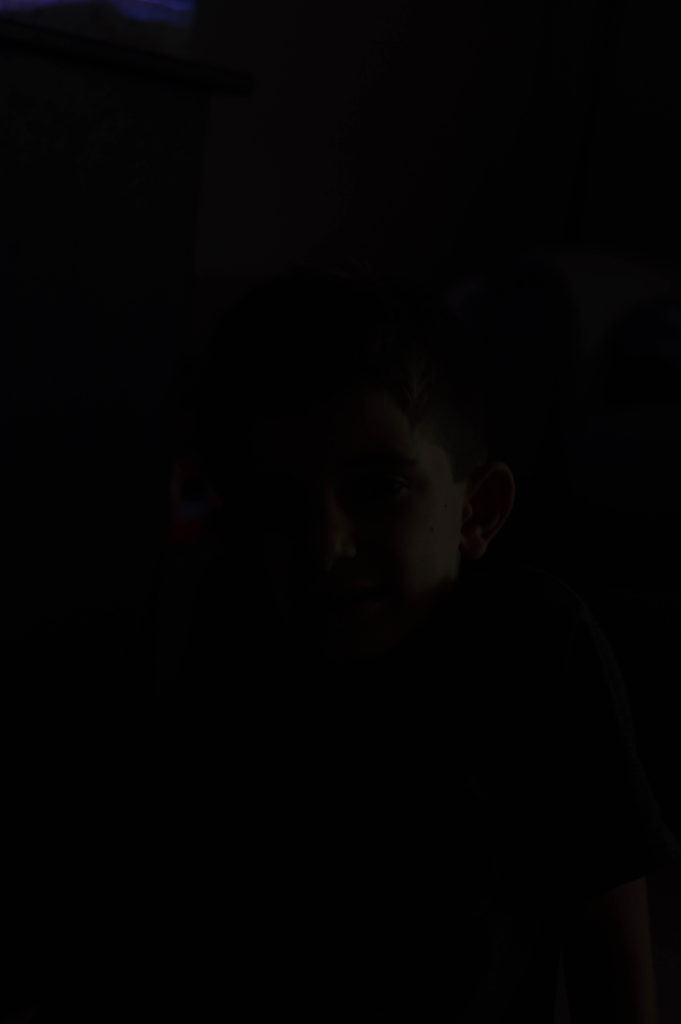
ISO 100 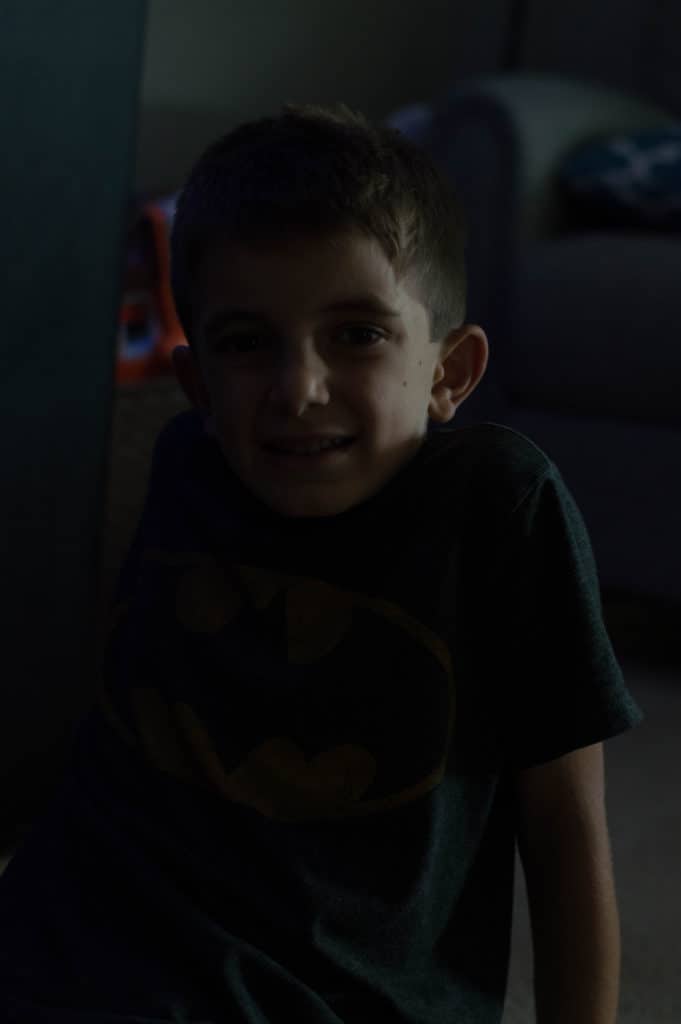
ISO 400 
ISO 800
The higher ISO options allow you to capture images in low light which you never thought you could; however, it comes at a cost. The cost is the image quality.
These next two images are zoomed in to show the impact of ISO. The first image here was taken with an ISO of 100. The image is tack sharp and clear.
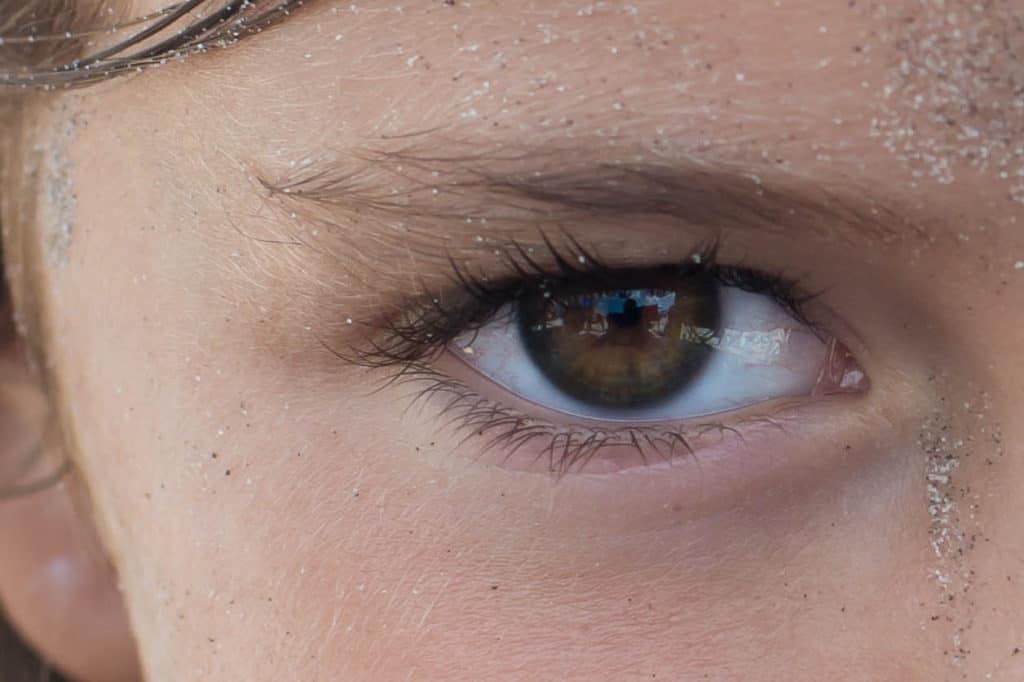
ISO 100
The image below, taken with ISO 800, has a grainy look to it. This is also referred to as “noise”, which increases as you increase your ISO.

To summarize, although the lowest ISO is ideal, a higher ISO allows for pictures in low light (with the trade off of increased grain).
For more details on any camera settings, check out my articles below, which include video tutorials for the visual learners!
- Shutter Speed Explained for Photography Beginners: The Secret to Clear Photos
- Aperture Explained for Photography Beginners: The Secret to Background Blur
- ISO Explained for the Beginner Photographer: The Secret to Manual Mode
Let me get this straight, you LOVE ISO?
As I mentioned earlier, ISO has my heart. It is my most relied on camera setting. The reason for this is simple:
My children seem to be as fast as cheetahs, and as distracted as puppies. Judging by their reactions, you would think that I told them I lit a blazing fire to burn all of their toys when I pull out my camera.
As a mother and children photographer, my shutter speed MUST be fast. I try to never drop my shutter speed below 1/200 s. I just don’t have the luxury to lower my shutter speed to account for low light. If I do, my image is blurry from movement. (Quick Tip: fast shutter speed (bigger bottom number) = less movement blur, but needs more light)
Also, I selfishly love background blur. I LOVE to shoot with a low f stop – typically between 2 and 4. (Quick Tip: lower f stop/aperture will allow for better pictures in low light and a blurrier background effect)
Since I am very picky regarding the other camera settings, if the lighting is not perfect I need to change another setting so to not over- or underexpose my photos.
That is where ISO comes in!
With ISO, I can leave my shutter speed and aperture exactly where I want it to get a sharp image with great background blur. I can increase or decrease my ISO to account for the lighting, and still get the image that I desired.
What is Auto-ISO?
Some newer cameras have an option called “Auto-ISO”. If you set your ISO controls to “Auto-ISO”, then you control the aperture and shutter speed- and the camera will determine the appropriate ISO.
At first, I was reluctant to try anything with the word “Auto-” in front of it; however, I thought I would give it a try. To say I was pleasantly surprised was an understatement. I absolutely love auto-ISO.
Auto-ISO will allow you to control shutter speed and aperture- as I raved about above– but it will take the guess work out of changing your ISO setting. You can focus on the composition of your photo and not worry so much about the exposure.
If you have an AUTO-iso function on your camera, I recommend giving it a shot!
I Owe it All to ISO
Obviously there are times when I have to adjust my aperture and shutter speed, but with ISO having my back I can keep the other settings where I want them the majority of the time.
If you are photographing fast moving subjects that won’t wait for you to play around with all of your settings, try adjusting your ISO, and join our Love [Exposure] Triangle!
If you found this helpful, share it!
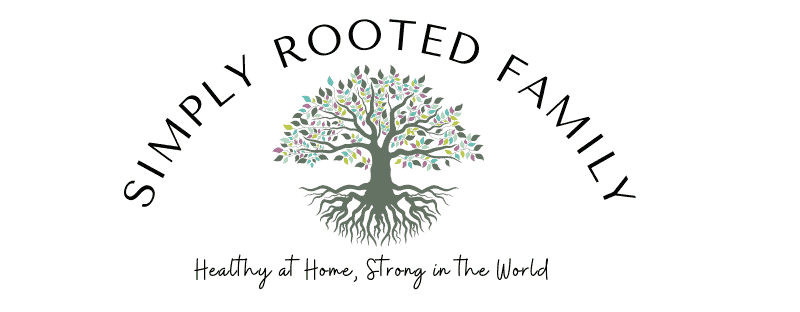
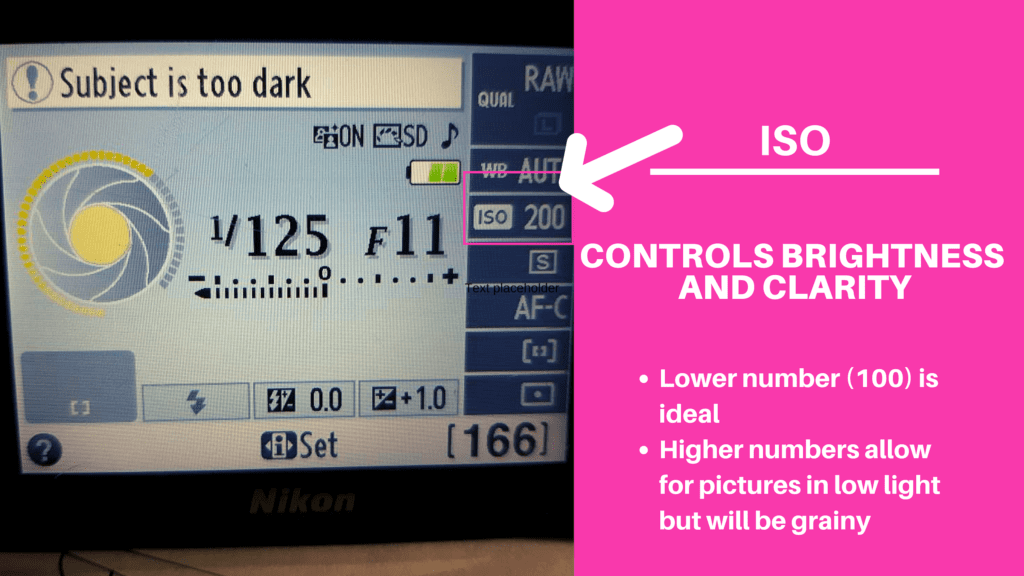
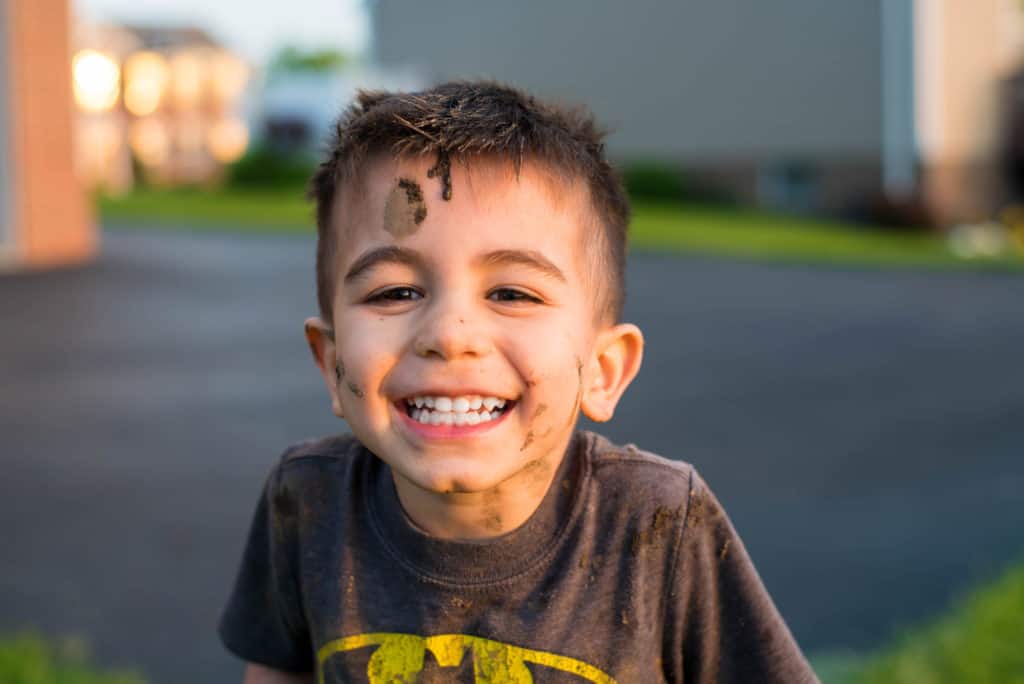
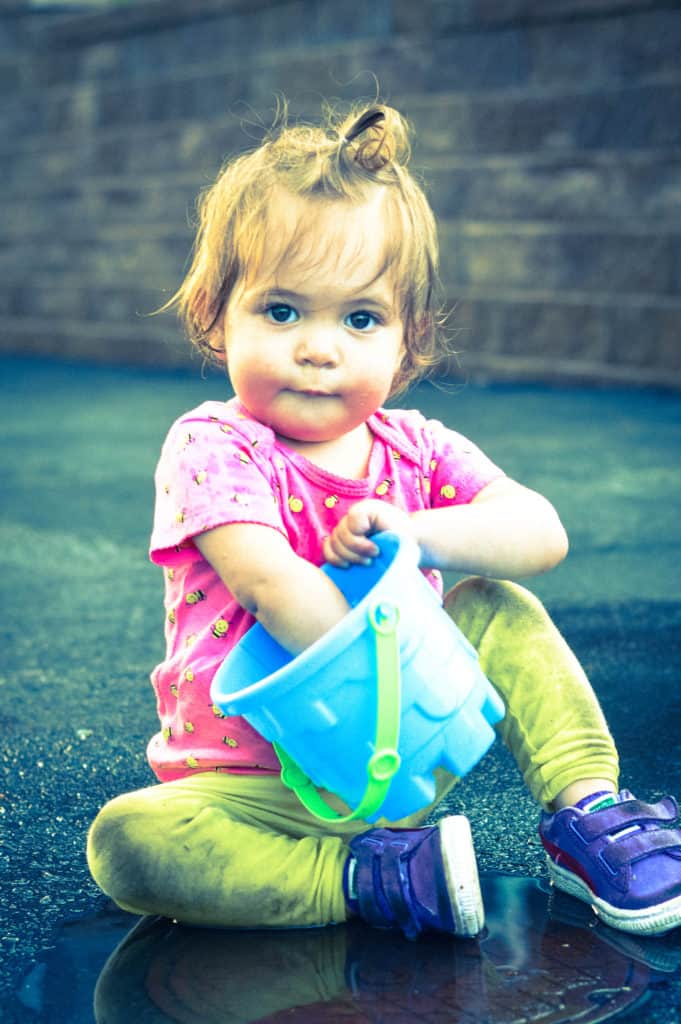


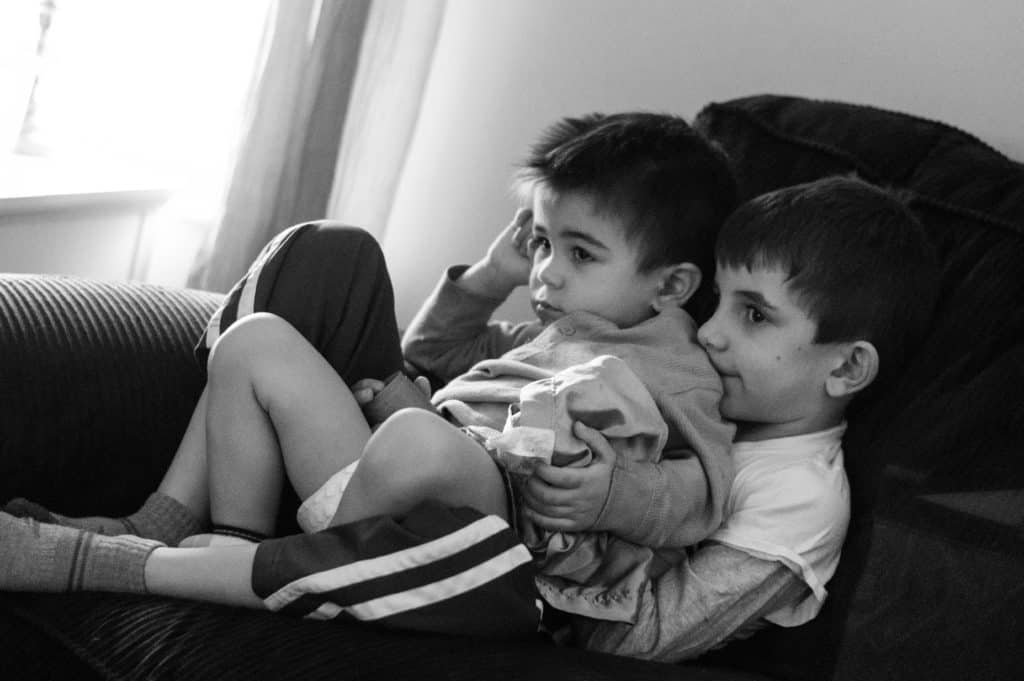


gypsyhml
Friday 28th of June 2019
Thank you! This helps heaps!!
Simplifying Photography: ISO Edition - Simply Snapping Mom
Thursday 13th of June 2019
[…] If you want to find out why I love ISO and how I use it check out this post here! Here are some examples where I leaned on ISO settings to get the pictures I wanted (when there was not much light): […]
Cesar
Friday 7th of June 2019
As a beginner to film photography I find this most helpful! It was well written, made everything perfectly clear! Thank you!!
admin
Friday 7th of June 2019
That means a lot to me. I very much appreciate your comment!